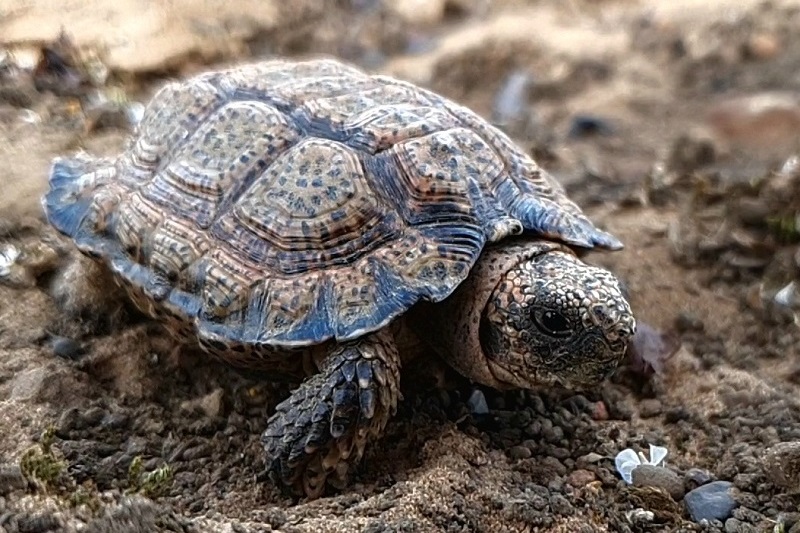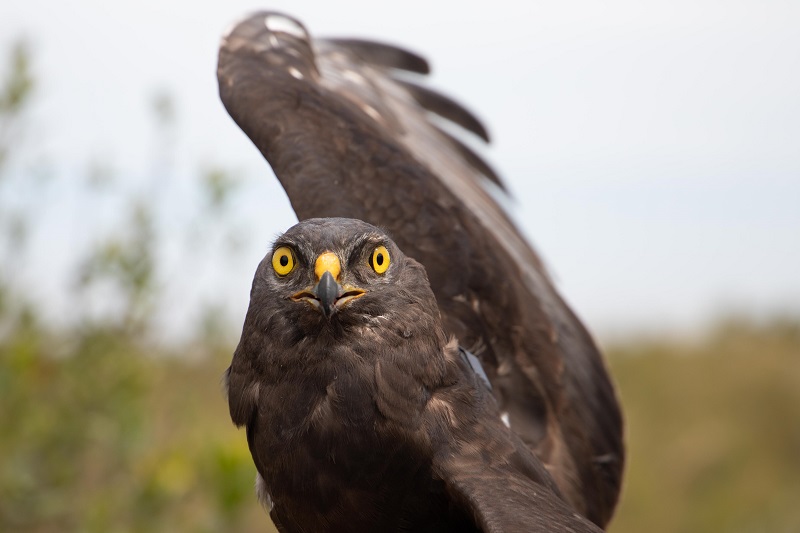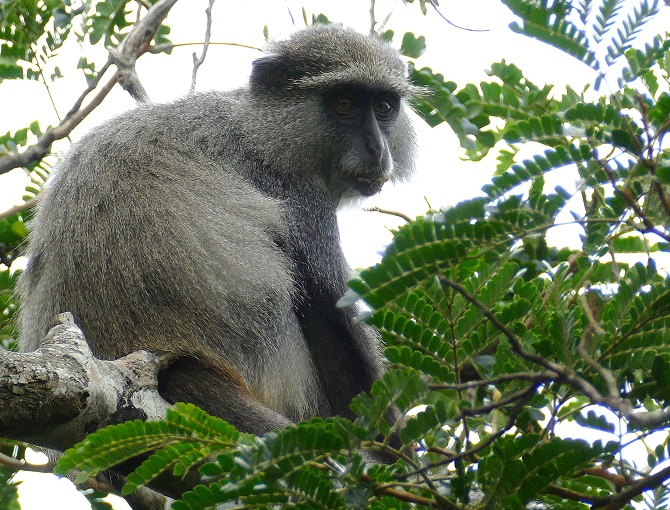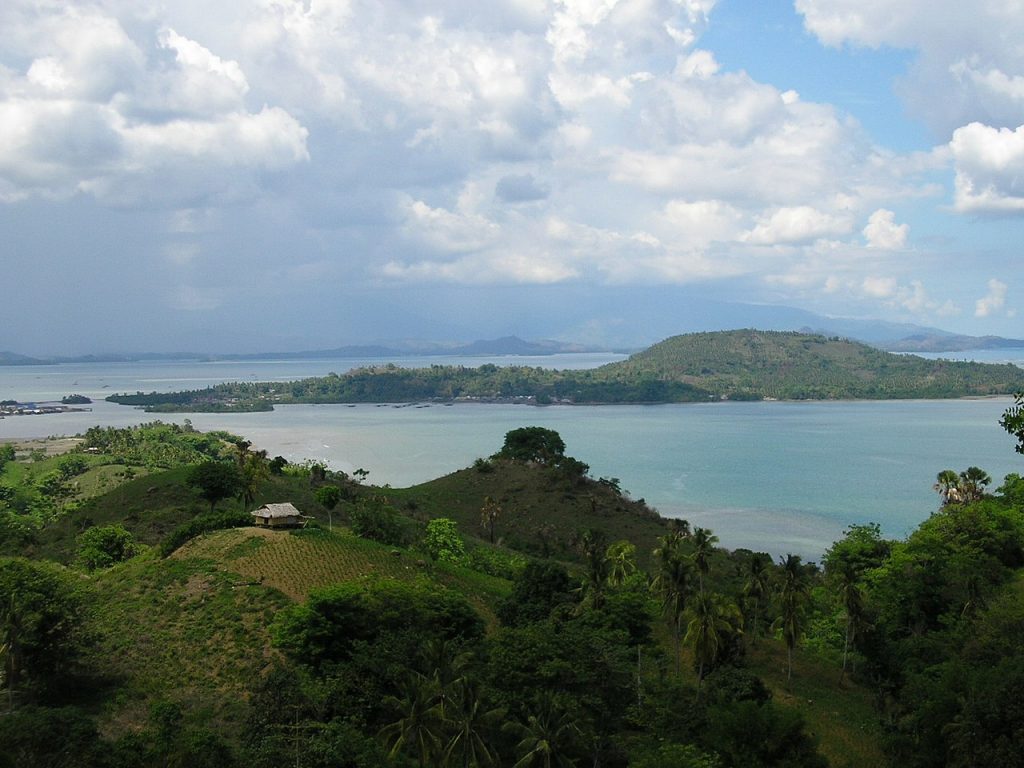Policy brief: tackling policy dilemmas for wetland restoration
08 December, 2025
Thursday 23 march 2023
Header photo: renosterveld in South Africa. © Overberg Renosterveld Conservation Trust
Every year, the IUCN NL Land Acquisition Fund receives a large number of applications from nature organisations, of which many are based in Latin America. To safeguard more natural areas in other parts of the world earth, last year we particularly reached out to conservation organisations in Africa and Asia. The result: an impressive selection of seven projects in Tanzania, South Africa, Indonesia, Mozambique, Cambodia and Colombia.
Tanzania’s Kilombero Valley is an important passageway for the elephants living in the Udzungwa Mountains, a biodiversity hotspot, and the Selous grasslands. For thousands of years, the African elephant (Loxodonta africana) has migrated between these two areas.
An important part of this ancient migratory route is now also inhabited by people or used as farmland. For the animals to have a safe passage without conflicting with the local communities, the Southern Tanzania Elephant Program creates a corridor between the two habitats of the elephant population, in collaboration with local farmers. With the support of the Land Acquisition Fund, 25 hectares of land are purchased to complete this corridor.
The speckled dwarf tortoise (Chersobius signatus) only lives in South Africa. In Northern Cape, Endangered Wildlife Trust works with local landowners to conserve this tiny tortoise species. Their habitat suffers from unsustainable land use, such as overgrazing. With the contribution of the Land Acquisition Fund, we hope to turn the tide by protecting no less than 5000 hectares of habitat of the endangered tortoise and many other species.


Renosterveld is a type of ecosystem in South Africa that is known for its rich plant life. Because of agriculture, overgrazing and invasive plant species it also one of the most endangered ecosystems in the world. And the remaining renosterveld areas are very fragmented.
Overberg Renosterveld Conservation Trust has developed a successful programme for the conservation and restoration of this colourful landscape. The Land Acquisition Fund of IUCN NL enabled the purchase of 100 hectares of land contributing to in total of 576 hectares nature reserve. This area protects at least 50 endangered, including endemic, species.
Due to the growth of the palm oil industry on the Indonesian island of Sulawesi, there is an urgent need to protect forests and other ecosystems. Sawit Watch works with local communities to obtain permits for social forest management (social forestry), in which only small-scale agricultural activities are allowed by the communities and protecting of nature is a priority.
Sawit Watch works together with the inhabitants of the area on the sustainable use of no less than 11,801 hectares of forest in the Gorontalo province. This is the habitat of, among other species, the endangered banteng (Bos javanicus).


Due to logging and agricultural activities, nowadays the Nhamacoa forest in Mozambique only measures 30 hectares, while the forest is rich in biodiversity. In addition to birds, reptiles, mammals and other fauna, this small area is home to 70 native tree species. Nhamacoa is also habitat to the samango monkey (Cercopithecus albogularis), but currently the forest does not provide enough living space for the population of monkeys.
With the support of the Land Acquisition Fund, Trees4Moz is able to expand the forest by 20 hectares, almost doubling the area. In this way, the local nature organisation contributes to safeguarding the unique biodiversity and creates an important base for nature in the area.
The Cambodian Our Future Organization protects endangered species in the Phnom Thnout Phnom Pok Wildlife Sanctuary. In the heart of this national park alone live twelve species that have the IUCN status Endangered or Critically Endangered. Despite the protected status of the land, it is used for agriculture.
The NGO supports local farmers in finding and formalising new agricultural land outside the central zone of the protected area. They also work with local communities on sustainable development and monitoring biodiversity. With the contribution of the IUCN NL Land Acquisition Fund, 30 hectares are added to the protected area.
In 2015, the Land Acquisition Fund supported Fundación Proyecto Tití, a foundation protecting the cotton-top tamarin (Saguinus oedipus) together with the local population, to purchase 70 hectares of forest in northern Colombia. This forested area is not only the only habitat of the critically endangered cotton-top tamarin, but also to sloths, anteaters, ocelots and other unique species. Thanks to another contribution in 2022, more than 40 hectares have been added to the protected area.
Our Land Acquisition Fund is able to support nature conservation worldwide thanks to the National Postcode Lottery and other funding organisations. In addition, we receive more and more private donations. An example is Koen de Geus, also known as the ‘fietsende vogelaar’, who raised a wonderful amount of 21,500 euros for the Land Acquisition Fund with his cycling trip all the way from Mexico to Peru.
Generous donations from individuals and small businesses enabled us to support more initiatives, including:
